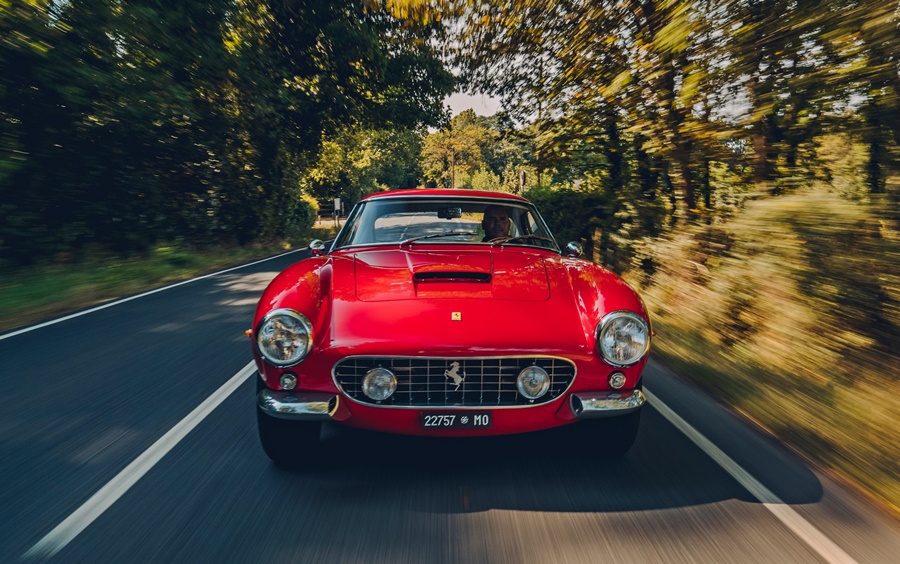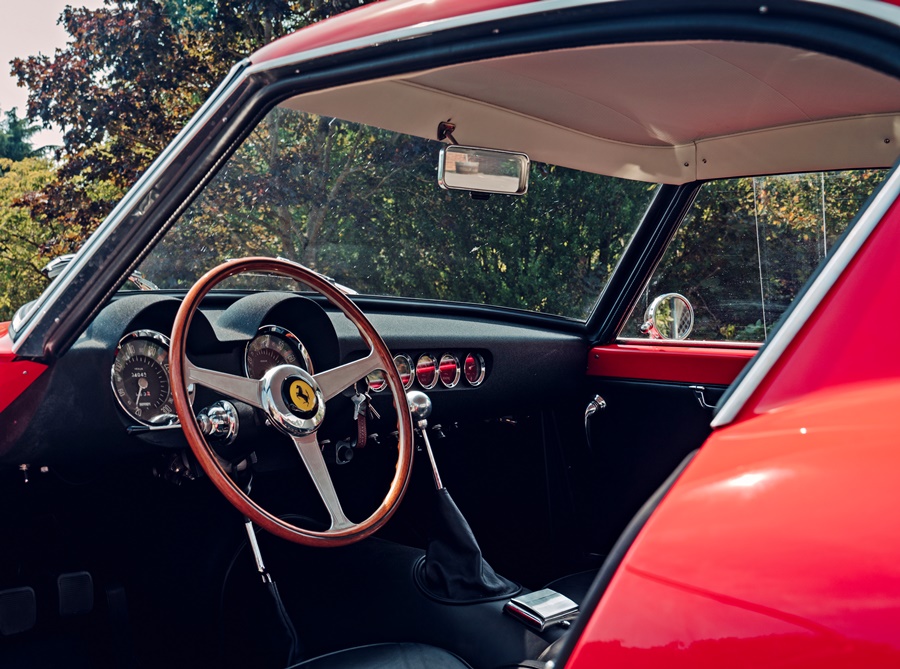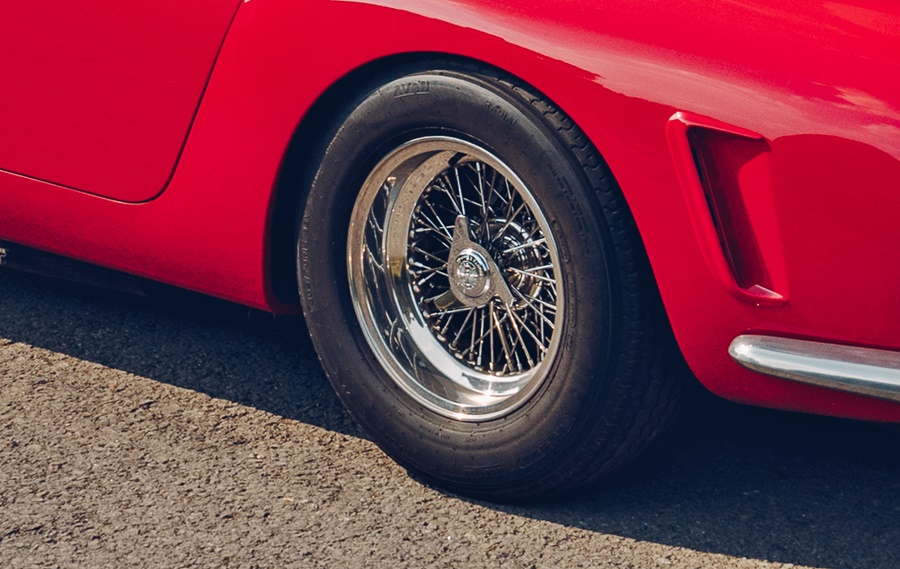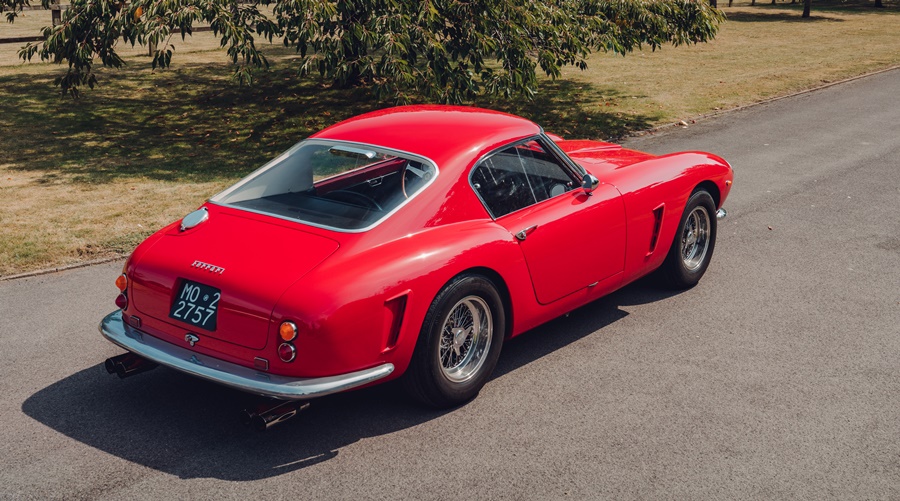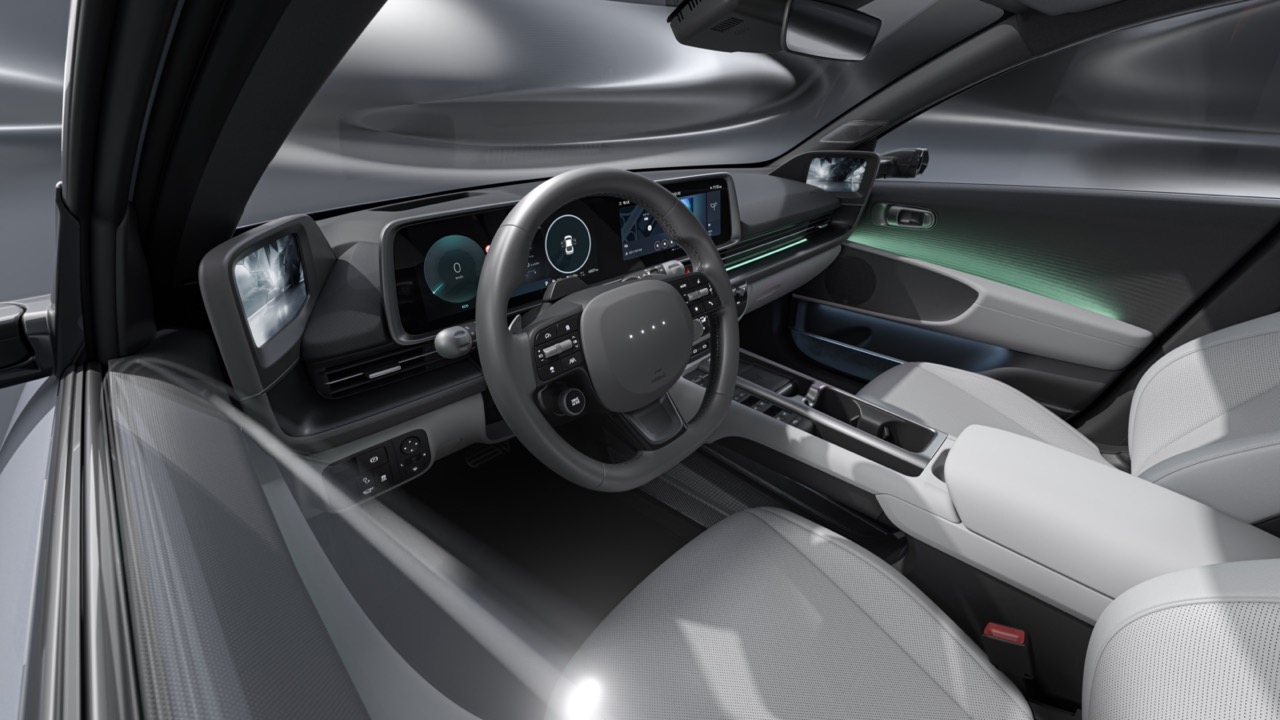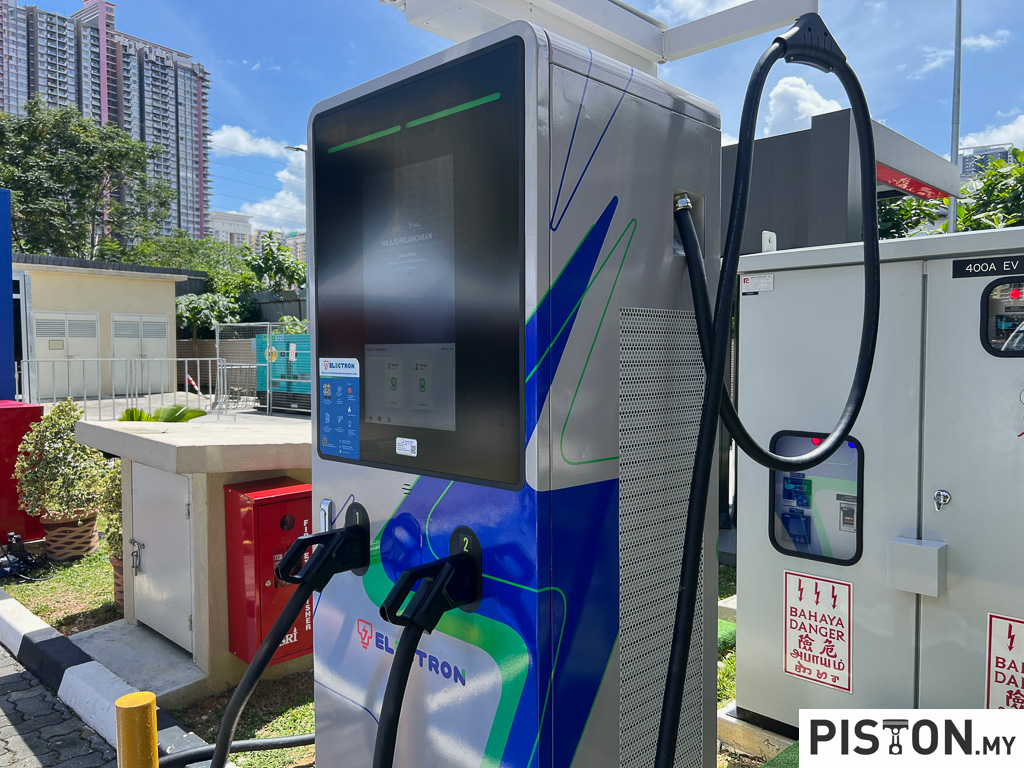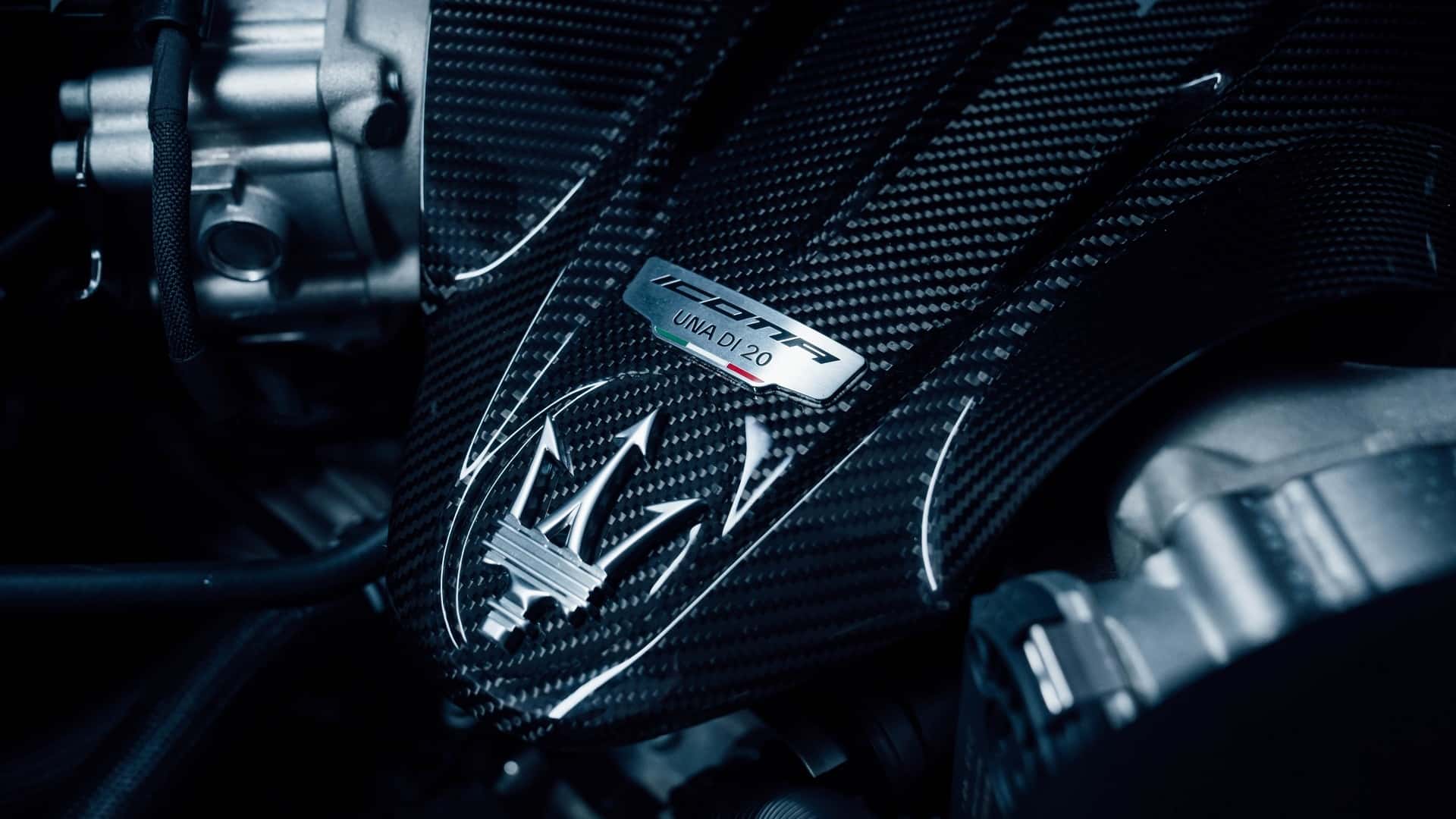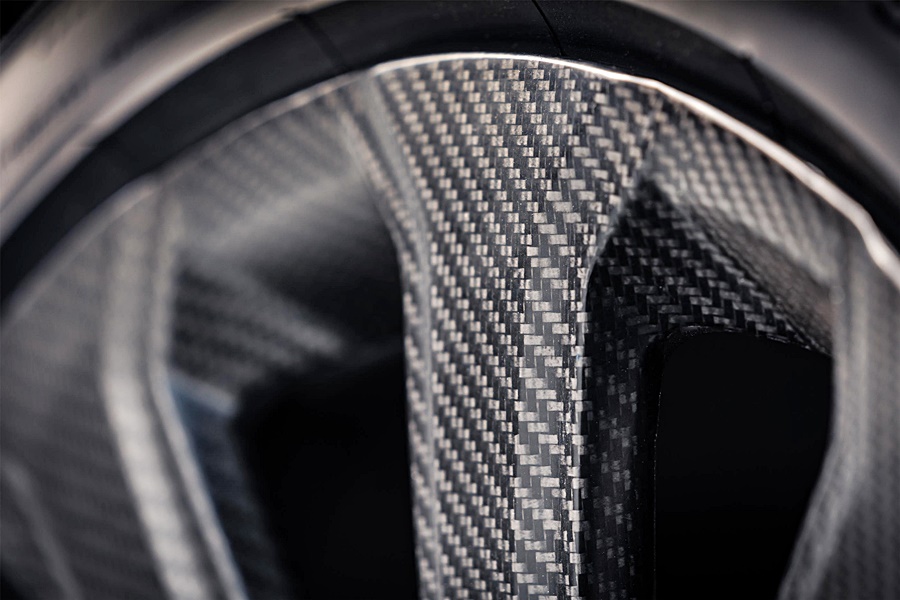The team at GTO Engineering has created what they believe to be the ultimate interpretation of a legendary Sixties Ferrari. Named the 250 SWB Revival, it is based on the 1960 Ferrari 250 GT SWB Berlinetta Competizione, one of the most successful Ferrari race cars of the period.
Enhanced, improved or rebuilt
GTO Engineering has revived the legend with its modern experience and given it ultimate road and track customisation opportunities. From the chassis to the cockpit, every element of the 250 SWB Revival has been strictly enhanced, improved or rebuilt at the company’s facility in the UK.
Pricing starts at around £850,000 (about RM4.65 million) and each 250 SWB Revival takes between 12 – 18 months to complete, depending on specification.
Drawing on extensive knowledge, know-how, historical technical drawings, industry insight and with 200 years’ combined experience working on the Italian sportscars, , the GTO Engineering team has developed the 250 SWB Revival as a more usable, customisable and bespoke variant of the highly collectable original Competition car.
‘The greatest GT car in the world’
Driven in period by the likes of Sir Stirling Moss who hailed it as ‘the greatest GT car in the world’ as it took wins at Le Mans (1960 class win), Tourist Trophy (1960) and Spa GP (1960), it’s today regarded one of the most notable, collectable and appreciating cars of its type. Thus it is rarely seen on the road and only occasionally at historic race meetings.
“The 1960 Competition car is the one to have – not only is it the shorter chassis, improving drivability and handling, but it has disc brakes (the 250 SWB was the first to have them on a Ferrari GT car), and an aluminium body rather than steel,” said GTO Engineering Managing Director Mark Lyon.
“But it has one major drawback,” he revealed. “Because it was made in so few numbers, it’s not really a car you can take to the shops or drive on the lock-stops without fearing damaging the body or destroying originality. The 250 SWB Revival is a ‘best of’, based on original drawings and knowledge, with an added usability, driveability and the option to make it as road or race-focused as you’d like.”
Based on 1960 Ferrari 250 GT SWB Berlinetta Competizione
Utilising original drawings, measurements and knowledge, the GTO Engineering 250 SWB Revival uses a hand-built tubular frame underneath a hand-beaten aluminium body. It’s based on the shorter format of the 1960 Ferrari 250 GT SWB Berlinetta Competizione specifications, which is about 20 cm shorter than the 250 GT.
Built in house, each Columbo V12 engine in the car takes over 300-man hours to produce. The GTO Engineering team can build to 3.0-litre, 3.5-litre and 4.0-litre specification and can offer bespoke displacements according to customer requirements. Each engine is paired with triple carburettors.
The 4-speed or optional 5-speed gearbox was also created with their own internal design package. Designed to be a precise gearchange that works in traffic and at high-speed, for enhanced usability.
Incorporating the disc brake design from period, of which the 250 SWB was the first Ferrari GT car to include disc brakes, there are traditional disc brakes, with optional lighter and more heat-efficient aluminium brake calipers.
Road-legal or for racing
Customers can choose to have a road-legal car or in a racing specification. If the latter, then the car will have a full roll-cage, with the option of a competition-inspired gearbox as well as bug screens. Bug screens were used heavily in period at endurance races and rallies to stop bugs smearing on the windscreen and decreasing visibility.
LOOKING BACK: Alfa Romeo’s long history with the Italian police force





